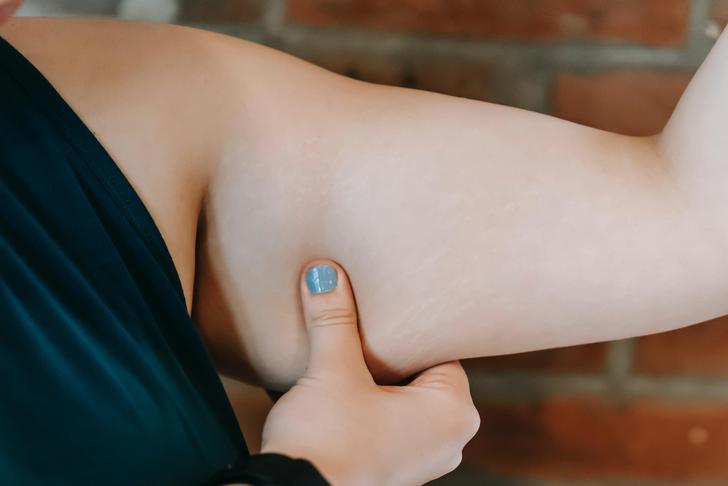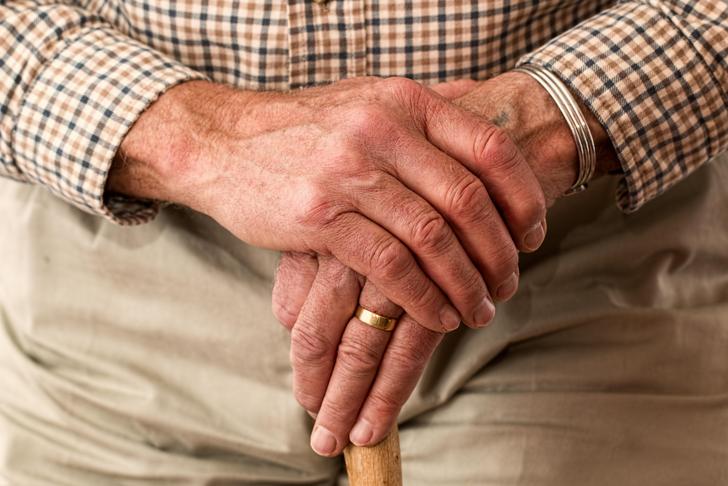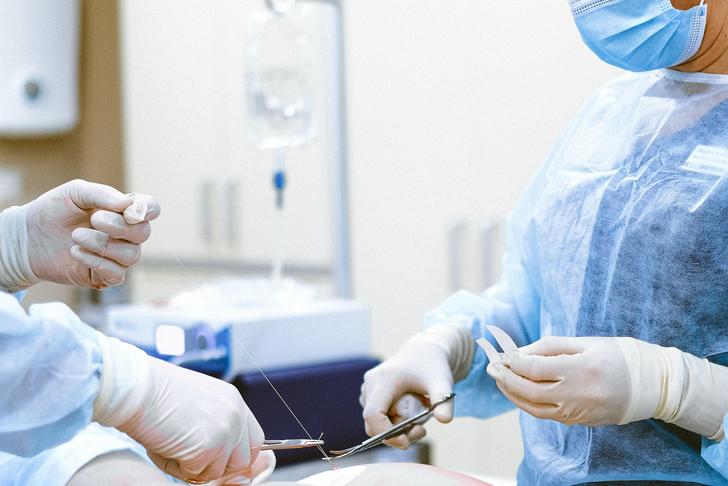10 torn rotator cuff symptoms
 Article Sources
Article SourcesA torn rotator cuff can be painful and significantly impact a person’s quality of life. Learn about the most common symptoms of a torn rotator cuff today. The rotator cuff is the system of muscles and tendons that hold the shoulder in place. Because it allows people to reach upward and lift their arms, the rotator cuff is one of the most vital parts of the shoulder.[[1]] Unfortunately, rotator cuff problems are also prevalent. According to the American Academy of Orthopaedic Surgeons, nearly 2 million Americans visit their doctor annually due to rotator cuff tears.[[2]] Symptoms of a torn rotator cuff range, but early detection is crucial in regaining full use of the affected shoulder.
Pain on the Injured Side
People may feel the pain of a torn rotator cuff at different times. Pain while moving or using the affected arm is the most common and may only occur when using specific movements — especially in cases where degeneration is the reason for the tear.[[1]] Pain at rest (or not using the affected shoulder) is one of the biggest symptoms of a torn rotator cuff. The pain is generally worse when lying on the affected side.[[1]]

Advertisement
Grating or Cracking Sounds When Moving the Arm
The grating or crackings sounds made when moving an arm with a torn rotator cuff is called crepitus. These sounds are made when the shoulder joint is out of place, and the bones are rubbing or hitting.[[2]] Besides the noises heard, there may also be a sensation of rubbing when the shoulder is moved. Alternatively, the feeling made be that something is out of place or “wrong.”

Advertisement
Limited Arm Mobility
Limited arm mobility is a common symptom of a torn rotator cuff. Part of the reason the arm can’t be moved normally is the tear itself, as the rotator cuff is responsible for upward arm motions and stretches.[[4]] Limited mobility can also be a side effect of the pain or swelling of a rotator cuff. When pain is moderate or severe, a person may not be able to “push” their arm to move as much as it would normally.

Advertisement
Muscle Weakness
When a rotator cuff is torn suddenly, such as in an injury, sudden pain, and accompanying muscle weakness are generally the first symptoms.[[4]] Muscle weakness happens because injured muscles can’t support as much weight or stress as healthy ones. Muscle weakness can be caused by other conditions and doesn’t necessarily indicate a torn rotator cuff. However, a definitive diagnosis may be made when muscle weakness happens directly following an injury and presents with other symptoms of a torn rotator cuff.

Advertisement
Swelling on the Injured Side
Swelling is more commonly a symptom of rotator cuff tendonitis rather than a tear.[[5]] However, swelling of the affected shoulder can sometimes be associated with a torn rotator cuff — especially if it was caused by a sudden fall or injury. If swelling is a symptom of a torn rotator cuff, it usually can’t be fixed with home remedies like ice, heat, or over-the-counter pain medications. A medical professional should look at swelling that persists after these remedies.

Advertisement
Inability to Lift Things
A combination of muscle weakness and pain can prevent people with a torn rotator cuff from lifting things. This symptom can cause significant disruption to a person’s life, with intensity varying from one person to another. In some cases, it may be impossible to lift anything, including things that a person would otherwise consider very light. In other cases, people may be unable to lift items beyond a few pounds.

Advertisement
Injury Is a Common Cause
Torn rotator cuffs are often caused by injuries to the shoulder.[[2]] For example, a hard fall with an outstretched arm can push the shoulder out of place or cause the muscles and tendons in the area to tear during impact. Torn rotator cuff symptoms will usually begin immediately following an injury, but there may be instances where they aren’t noticed right away. For example, a person involved in a car accident may not experience any initial pain due to the adrenaline rush associated with a sudden trauma.[[3]]

Advertisement
Degeneration Is a Common Cause
Degeneration of the rotator cuff is another common cause because it leaves the muscles and tendons in the shoulder more vulnerable. Degeneration often happens as a result of aging, where the tissues naturally become weaker as the years go by.[[2]] Another cause of degeneration is repetitive use. People who often reach above their heads or lift their arms for work are more prone to torn rotator cuffs. Examples of people who might use this repetitive movement in work include athletes, warehouse workers, and dancers.

Advertisement
Non-Invasive Treatment Options
Treatment options for a torn rotator cuff depend on many factors, but non-invasive options are generally preferred. Rest and nonsteroidal anti-inflammatory drugs (NSAIDs) are usually the first courses of treatment.[[4]] Using a sling to isolate the shoulder and give it a rest from movement is also common. Physical therapy may be recommended, where exercises would focus on strengthening and stretching the shoulder muscles. Some people also find ultrasound therapy useful in reducing torn rotator cuff symptoms.

Advertisement
Other Treatment Options
Although non-invasive treatment options are preferred first, some severe tears require more intensive steps. A minimally invasive option is corticosteroid injections, which can help ease swelling, pain, and tenderness in the shoulder.[[4]] Surgery is a last resort but may be necessary for severe or repeat injuries. Following surgery, people must isolate the arm and shoulder on their affected side for at least a few weeks. Each case is different, so people are urged to speak with their surgeon about any concerns.

Advertisement





